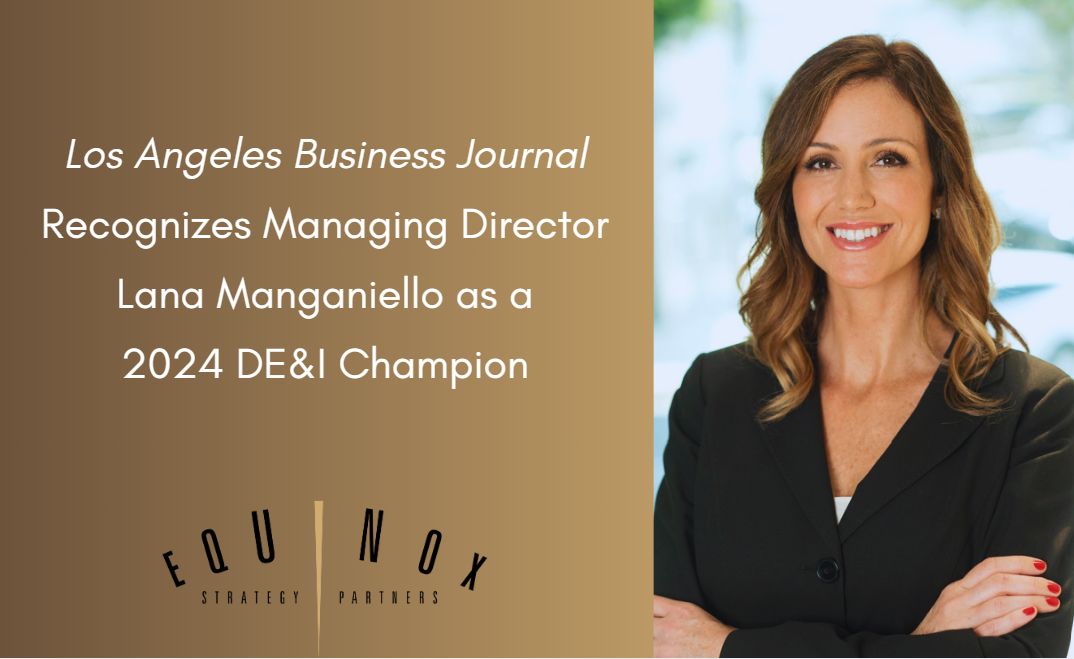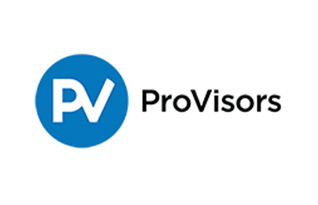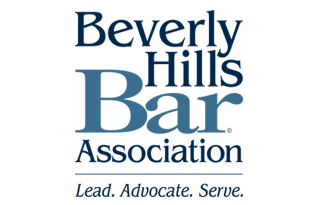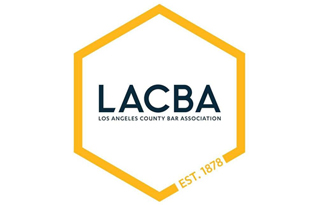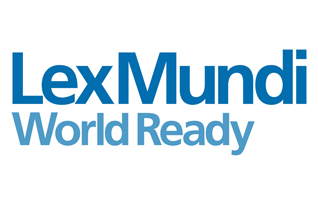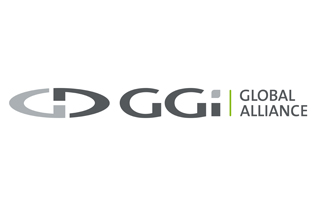EQUINOX STRATEGY PARTNERS
Attorney Development in a Hybrid World
Presented by: NALP Bulletin+ November 2022 Issue

By Lana Manganiello (November, 2022)
The past two-and-a-half years have shone a light on many things and while the global pandemic has been terrible, it has brought about many silver linings for the legal profession. Technology is improving efficiency and the practice of law is evolving to match: the delivery of remote legal services is increasingly common, while client and prospect expectations are shifting to less of a desire for in-person communication.
Lawyers now need to not only embrace new technologies they may have been hesitant to adapt — they need to figure out how to utilize them as effectively as possible. Meanwhile, early-career attorneys are learning the ropes from senior attorneys who were not trained the same way and are also adapting to new and changing methods. Law firm attorney development was never simple, but in the new “hybrid world,” it’s growing increasingly layered and complex.
I spoke with law firm development leaders from across the country to understand how they were adapting their approaches now that most firms will be providing more flexibility around where attorneys are working.
Paul Giangola, Chief Legal Talent Officer at Loeb & Loeb LLP, says that hybrid work has provided firms with “the opportunity to rethink and build an approach that fits into the current environment, and most likely come out with a program that is better than they had before.”
Mollie Farrell, Director of Professional Development at Greensfelder, Hemker & Gale PC in St. Louis, says she has “spent a lot of time trying to figure out and learn about the things that are better, more productive, and more efficient in this hybrid environment. I’ve also contemplated the things that are now missing and that are worse and try to supplement those things and figure out a new way of creating those experiences and relationships in a world where you may not be together in the same room.”
Relationship-Building
A key theme emerged from these conversations: the importance of maintaining and developing connections through intentionality and purpose in engagement and interaction. Connections inside of a law firm are critical to improved attorney retention, improved skill development, and ultimately improved client service and solutions.
Lauren Hakala, Director of Learning & Professional Development at Milbank LLP, says that under the stresses of billing time during a global pandemic, some lawyers lost sight of how energizing, refreshing, and motivating personal connections and interactions can be. “I think now that people are less stressed, there’s more openness to having those personal experiences together, whether remotely or in person and just remembering again how energizing they are.”
“Finding ways to create connections, to foster a sense of belonging, establish a sense of culture, even while we’re all remote, is where we see our biggest challenge, and it is high on our priority list,” says Kalle R. Covert, Director of Professional Development at Troutman Pepper Hamilton Sanders LLP. “What we found to be most successful is just encouraging people to be more intentional about creating those meaningful connections, because it doesn’t necessarily happen organically over Zoom or Teams.”
Covert said people are beginning to travel again and “that there’s a real desire for in-person retreats,” and that other similar face-to-face opportunities will become an increasingly useful tool for law firms looking to build their firm culture and develop their teams.
“We have people who are in fully remote situations now who don’t even live in states where we have an office. So even if everyone were to go back to the office six months from now, we still have people who don’t have an office to visit. So, we must figure out how to get everybody together face-to-face at some point, in a way that’s intentional and meaningful, where people are unplugged for a certain amount of time and can really devote the time and attention to creating connections,” Covert says.
Facilitating Interaction
Professionals no longer need to go into an office to access the physical tools required to do their work. Flexible schedules and a continued public health concern means that firms are not seeing the in-person interactions and collaboration they may have seen in the office pre-pandemic. Facilitating meaningful interaction is an important component to ensuring lawyers build connections internally.
Hakala finds it prudent to take more of a honey approach than a vinegar approach when it comes to encouraging people to return to the office. “How can we create high-quality opportunities for interaction that make people want to be in the office because they see the value of that?”
“Being together in the office, it’s really about getting together and collaborating formally and informally. The knowledge that there will be an opportunity to really spend quality time with people is what motivates people to come in.”
Hakala stresses the impact and value of their in-person programs and retreats, specifically Milbank@Harvard, a weeklong on-campus program for their attorneys in partnership with Harvard Law Executive Education. “The ROI became just so much more obvious to us when for a short time we had to pause that program. We did, of course, do it remotely during the pandemic and it was great. There were plenty of opportunities for informal talking and getting to know each other over Zoom. But nothing beats sitting with someone at lunch and just chatting, to learn about not just the firm’s business, but also leadership styles and about people from other places and backgrounds.”
Covert encourages lawyers to be proactive in their outreach to colleagues to maximize their time in the office, including scheduling lunches and finding time to meet and collaborate. “It just involves taking a few minutes to prepare instead of thinking that everything is going to happen around you — taking a little bit of time to engineer the situation in your favor.”
Remote vs. Hybrid vs. In-Person Training and Meetings
As firms consider how they want to deliver training programs and hold meetings, the first step is thinking carefully about the ultimate goal of the interaction. “Is your goal to really facilitate connection, is your goal to practice a skill or is your goal to purely deliver content?” asks Erica Gholson, Director of Learning & Development at Quarles & Brady LLP. When the focus is to deliver information, virtual can be the most effective option, especially if it is for a shorter program. Gholson has seen firms moving away from a model of one presenter sitting in a room with some attendees and broadcasting to others. “Using Zoom or Teams for all attendees evens the playing field, and you eliminate the problem of some attendees feeling engaged while others in remote offices feeling disconnected,” she explains. Remote training can also help involve the best presenters, regardless of location. As Gholson puts it, “we can include the partners that are best suited to facilitate this learning, not necessarily the ones who are most geographically convenient to an in-person training.”
Kelly Green at Ogletree, Deakins, Nash, Smoak & Stewart finds that some training really needs to be in person to get the best result. “We’re doing training for our immigration teams, and we have asked that those be only in person and in small groups. We’ve discovered that the training programs are a bit lengthy and really require a lot of interaction to be successful. We want a few different modules to be completed close together, so we have determined that you either attend in person or it’s not available. And for some other training, we might be taking a hybrid approach. We kick off the program with an in-person meeting, maybe as part of another event, and then we’ll host subsequent trainings via Zoom. One thing I’m really trying to get away from is having multiple people in an office with a camera on and either another office with the camera on or people at their desk. I think it needs to be all or nothing to be effective.”
Doubling Down on Leadership Training
“Leadership skills are not a nice-to-have, they’re absolutely critical when you are leading people across very different generational expectations that we have in our workplace now,” says Hakala. “We have a much more diverse workforce in many ways, and we have a different working environment than the folks who are leading grew up with as early career lawyers. We have definitely doubled down on training our lawyers in leadership.”
With remote and hybrid arrangements, providing feedback is more critical than ever. “Generationally, more feedback is more desired than what people are used to giving,” says Melissa Berry, Director of Professional Development and Diversity at Lane Powell PC. “I’ve seen the change in law students over 14 years of working with them. The increasing expectation is to get more feedback more often and quickly, outside of the regular formal channels.” She focuses on ensuring both the giver and receiver are proactive and intentional about feedback. “We teach the associates, ask for feedback, ask for those 10 minutes to get right.”
Performance Evaluations
Berry says her firm recently created its first set of associate core competencies and rolled them out in fall 2021.
“Part of my concern about development, especially in a remote or hybrid environment, was that idea of understanding expectations and intentional discussions around the expectations and development beyond ‘good job,’ or a ‘keep doing what you’re doing’ kind of thing. And so, you’re doing that and progressing but you’ve no idea really about business development. The advice you hear is, ‘keep in touch with people’,” Berry says. “But what does that look like? So, we created some programming for different levels of associates. This effort is really about equitable access to information. Especially if you’re not in the office, the additional resources and support are critical.”
Margee Fawley, Chief Talent Officer at Davis Graham & Stubbs LLP in Denver, has found success with project-based feedback in an ongoing effort to create a culture of feedback. “If people feel like they can actually talk to one another candidly about performance and what needs to be done to meet the client’s goals, then they are going to feel invested in and it’s going to interrupt bias. That’s just human nature. We know that now the person is not seen as ‘that associate,’ but he or she is actually seen as a person, who I really know, and we have this very mutual, beneficial partnership in meeting our client’s goals. One impactful thing our managing partners did is tie feedback to partner compensation. If a partner does not complete all of their project-based feedback, it impacts them financially, and so we’ve gotten them all done.”
Mentorship
A focus on creating a more structured mentorship program with additional guidance and support is one way many firms have been successful in fostering lawyer connections. “Some people are quite uncomfortable with forming relationships in the hybrid environment and find it is more difficult,” says Hakala. “It gave us an opportunity to highlight and share the best practices for mentoring, which are well known and documented. We spent quite a lot of time thinking about how we could make people feel at ease, regardless of the circumstances under which they were mentoring others. We’ve worked hard to make sure some general rules of engagement and tips for success are clearly spelled out for people and we also provide support from executive coaches if they need it, in order to, for example, give them an opportunity to role-play conversations or think through how best to form a relationship with their mentor or mentee.”
Leveraging Technology
More formal work allocation systems are extremely important to ensure healthy utilization, as well as equity, says Giangola.
“Originally it was a tool to facilitate cross office staffing, but then it became a necessary integration tool,” Covert says of Troutman Pepper’s work allocation system. “We were able to say: ‘It seems like you’re mostly working with associates from the Atlanta office. Why don’t you put some associates from Philadelphia or Chicago or Detroit on your deal?’ It encouraged people to look beyond the associates down the hall because the workload was so high, they really had to go beyond their sort of faithful core of associates and look for other people to help them. It forced our hand in a way that I think was successful, accelerating a move in the direction of more automated workload management processes that facilitate cross-office staffing.”
Covert says the challenge with attorneys expanding the number of associates they work with has been around familiarity. “We can leverage technology now to say, okay, here is this person. They are self-reporting that they have availability, and you can see how they’re pacing for the year. You can see what deals they’ve been working on. You can actually see their time and narratives, if you care to look at that level of detail, and you can look at individual skills that this person has based on their time entries. So, it really takes away that argument of, ‘oh, I don’t know that person, I don’t know if they’re qualified, I don’t know if they can do what we want them to do.’ We have so many tools now that allow us to have that level of visibility into associates across the firm. And we really have to scale being a firm this size. We know we’re not going to be successful if everyone is only counting on one or two associates. We must develop a deep bench and have people who we can pull in to serve our clients.”
___________________________________________________
Lana J. Manganiello ([email protected]) is Managing Director of Equinox Strategy Partners. She has devoted over 15 years to coaching and training new and experienced lawyers and other service professionals on topics related to annual business planning, business development, and marketing. Trained and certified through Cornell University in Diversity and Inclusion, Lana is dedicated to working with law firms to create cultures of belonging where women and diverse professionals thrive, and is committed to working to improve diversity at the top of the legal profession.


